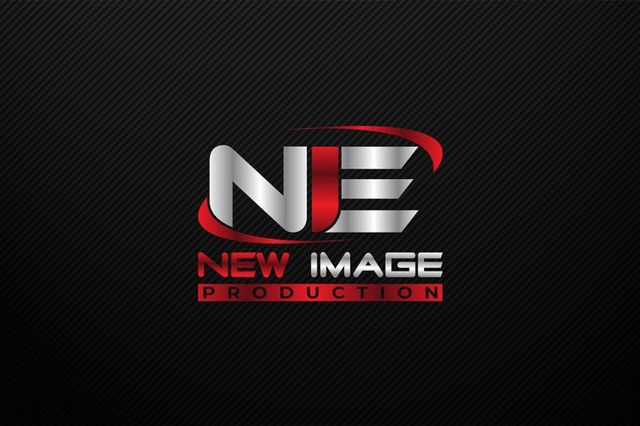Highlighting the Impact of Lighting Techniques on the Craft of Video Projections Mapping
Video mapping projection is an innovative art form that combines technology and innovation to convert common spaces into remarkable sight displays. This technique entails projecting images and videos onto 3D elements, such as buildings, sculptures, or stages. One of the most significant factors in creating effective mapping in the use of efficient lighting methods. Proper lighting improves the visual elements of the display and ensures that the visuals are clear and engaging. This piece examines the impact of lighting methods on video projection and how they can elevate the complete experience.Illumination plays a crucial part in motion mapping because it establishes the atmosphere and feel of the display. Different illumination methods can elicit various feelings and responses from the audience. For instance, using soft, cozy illumination can create a welcoming atmosphere, while bright, cool lights may produce a more dynamic or dramatic impact. By thoughtfully selecting illumination hues and intensities, artists can influence how viewers interpret the displayed visuals, leading to a more engaging experience. The balance between projection brightness and surrounding illumination is crucial, as it can significantly impact the clarity and impact of the visuals.
In addition, hue and intensity, the direction of light also affects the effectiveness of projection. Lighting from different directions can generate contrast and accents that add depth to the mapped visuals. This method, known as chiaroscuro, can improve the 3D quality of the subjects being projected. Additionally, using dynamic lights can add dynamism to the display, making the experience more engaging for the viewers. When the illumination collides over at this website with the projected visuals, it can create an effect of motion and transformation, capturing the viewers' focus.
Another essential element of illumination in mapping is the use of special effects. Techniques such as gobo illumination, which employs patterns and forms to filter light, can add texture and complexity to the mapping. This method enables creators to superimpose images and create visually stunning effects that complement the mapping. Moreover, incorporating laser lights or light-emitting diode illumination can additionally enhance the display, offering a unique blend of visual elements that draw the viewers in. These unique features, when used carefully, can transform the mapping into a basic display to an immersive work of art.
In conclusion, the influence of illumination techniques on video projection is profound. By understanding how different lighting components connect with mapped visuals, creators can create enthralling experiences that connect with audience. The thoughtful choosing of hue, brightness, angle, and unique features enables for a vivid canvas of visual narrative. As technology continues to grow, the possibilities for creative expression in projection will only grow, making see post lighting an increasingly vital component in this innovative creative form.
